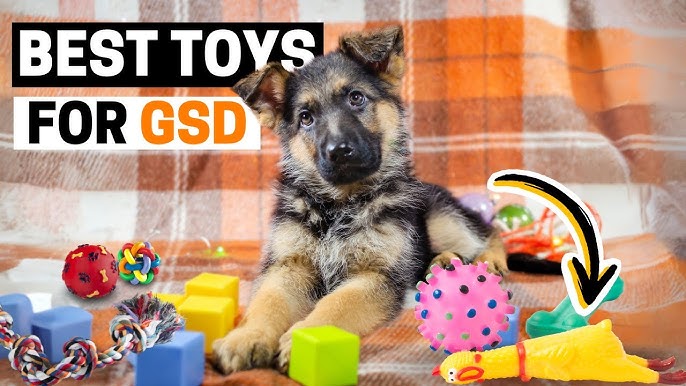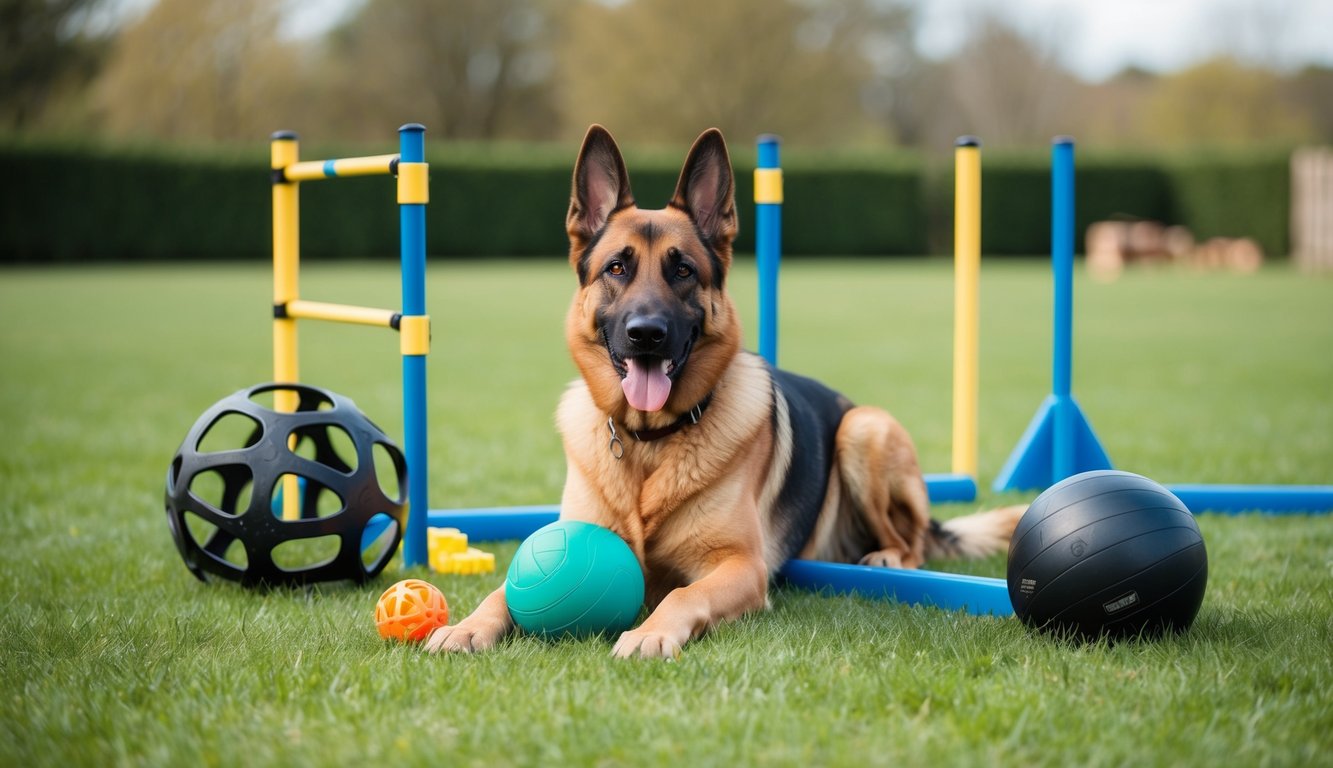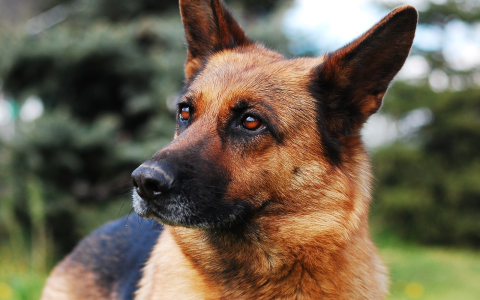Okay, let’s talk about finding toys for a German Shepherd puppy. When I first got my pup, Jaeger, I honestly underestimated the sheer chewing power packed into that little fluffy body. It became a mission, really, trying to find stuff that would last more than five minutes and actually keep him interested.
The Early Days: Trial and Error (Mostly Error)
I started like most people probably do. Went to the pet store, grabbed a few plush squeaky toys, a rope toy, maybe a tennis ball. Looked cute, right? Wrong. The plush toys? Annihilated. Stuffing everywhere within minutes. It was like a snowstorm hit the living room. Jaeger looked proud, I looked defeated. Lesson one: soft and fluffy equals instant destruction for this breed.

The rope toy fared a bit better. We had some good tug-of-war sessions, which he loved. But I quickly learned you gotta watch them close. He started pulling off strands and trying to swallow them. Not good. So, rope toys became strictly supervised playtime only.
Tennis balls were okay for fetch outside, but inside, he’d just sit and shred the fuzzy layer off. Again, supervised play became the rule. I realized pretty fast that standard puppy toys weren’t cutting it for a GSD’s jaws and energy levels.
Moving Up: The Search for Durability
So, my focus shifted. I needed tough. Like, really tough. I started looking into those hard rubber toys. You know the ones, they often come in black and claim to be for extreme chewers. These were a game-changer. I got a couple of different shapes.
- One was that classic cone shape you can stuff treats into. This was brilliant. Kept him busy trying to get the goodies out. Peanut butter or his kibble wedged in there? Golden. It mentally tired him out too, which was a huge plus.
- Another was just a solid rubber ball. Much better than tennis balls for unsupervised chewing, bounced unpredictably which he loved during fetch.
- Hard nylon bones also entered the rotation. Some people worry about teeth, but I found the ones designed for heavy chewers held up well, and he seemed to enjoy gnawing on them. You just have to check them regularly for sharp edges or wear.
It wasn’t just about chewing, though. GSDs are smart cookies. They get bored easily. Just giving him something indestructible wasn’t enough. He needed a challenge.
Engaging the Brain: Puzzle Toys are Key
This led me to puzzle toys. Beyond just stuffing the rubber cone, I found balls and contraptions where he had to roll them or move parts around to get treats out. These were fantastic, especially for crate time or when I needed him to settle down for a bit.
Watching him figure them out was pretty cool. You could see his brain working. Started with easy ones, then gradually moved to more complex puzzles as he got the hang of it. It satisfied that working-dog mentality they have.
What Stuck Around
So after months of experimenting, buying, and sometimes throwing away destroyed toys within hours, here’s what ended up being the staples for Jaeger as a puppy:

- Hard Rubber Chew Toys: Especially the stuffable kind. Absolute lifesavers for redirecting chewing.
- Durable Fetch Balls: Solid rubber, not tennis balls, for safer chewing and longer-lasting fetch sessions.
- Puzzle Feeders/Toys: Great for mental stimulation and slowing down eating.
- Nylon Bones (specific types): Good for satisfying the urge to gnaw, but always chosen carefully for durability and checked often.
I learned to rotate the toys too. Didn’t leave everything out all the time. Kept things fresh and exciting for him. And supervision, especially early on, was non-negotiable with any new toy.
Finding the right toys was definitely a process, more involved than I expected. But seeing Jaeger happy, engaged, and not chewing my shoes? Totally worth the effort. Every GSD pup might have slightly different preferences, but focusing on durability and mental engagement seemed to be the winning combo in my experience.





